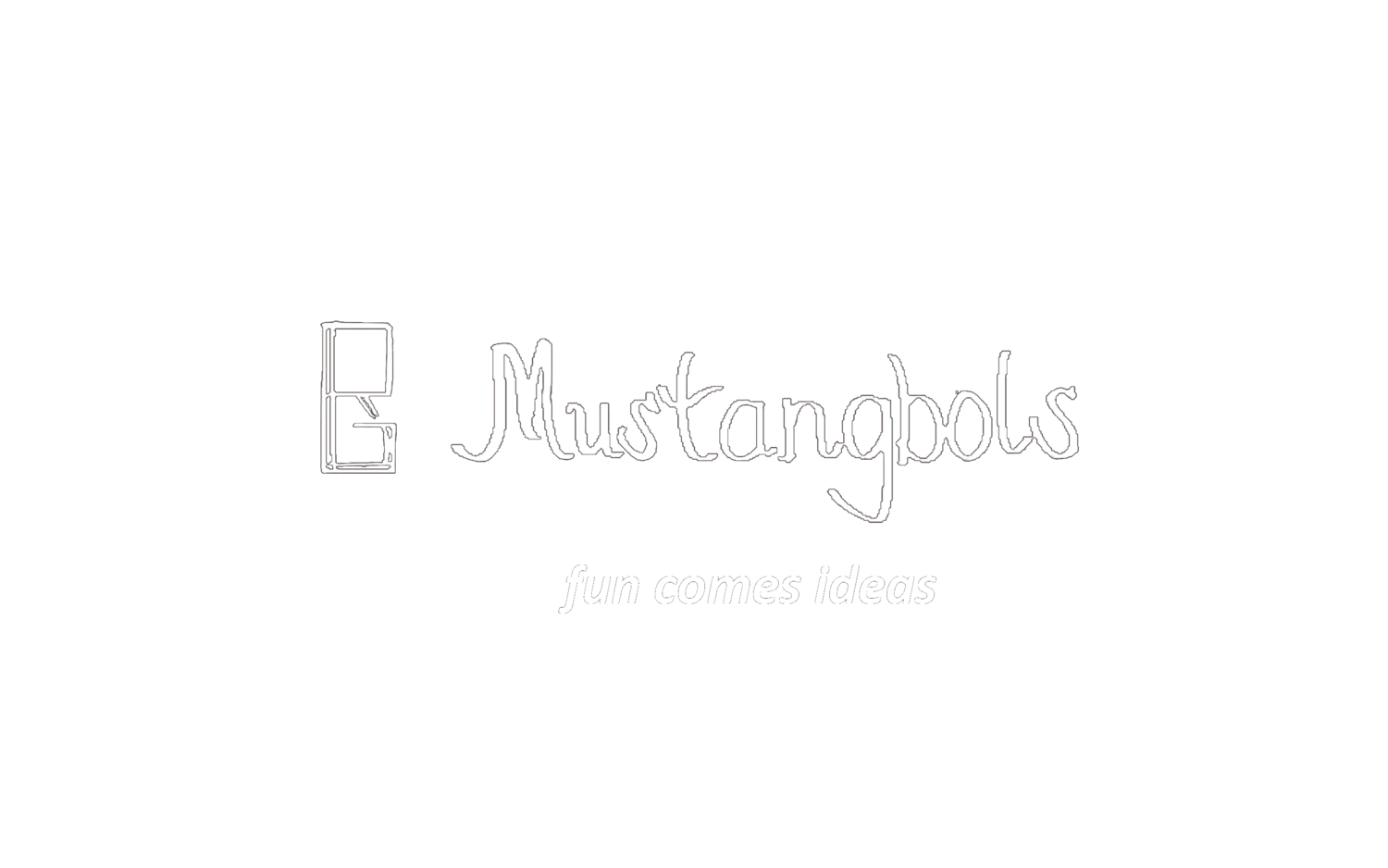TRADITIONAL ANIMATION
TOOLS
1. Animation Disc
2. Pencil
3. Peg bar
4. Eraser
EQUIPMENT
1. Ergonomic computer tables and chairs
Cintiq
Pen tablet
2. Light box
Light table
Animation light table
3. Printer
MATERIAL
1. Animation paper
2. Bull clip
3. Learning materials/ guide
animation book
4. Printable storyboard
5. Practice materials
WORK AREA
Floor Area
Maintenance is an excellent means of improving the performance and condition of equipment and facilities. An effective maintenance program
identified problems long before any equipment or facility breaks down or
deteriorate. A good maintenance system presents the early discovery of
problems, thus providing plenty of lead time for effective maintenance planning. The trainer has to value the importance of maintaining the training facilities, equipment and tools he is using or under his care if he values the presence and availability of these resources for effective trainin and learning processes.
The Growth of Interest in Maintenance
The factors contributing to the rapidly growing interest in maintenance are:
1. Technological development
This trend leads to a more mechanized and automated
equipment, resulting in great productive potential which must be
kept working. This means that training facilities are becoming
more complicated and required more advanced maintenance.
2. Increasingly expensive raw materials
Finite raw materials, in combination with a growing population and increasing assumption, inevitably result in higher raw material prices. Unavoidably, the costs of all by-products must rise. It is therefore often more profitable to maintain existing equipment than purchase new ones.
3. Greater complication
A complicated facility of piece of equipment includes many
components, any or all of which can constitute possible sources of
trouble. Although the operational reliability of each individual
component may be very high, it is necessary to multiply reliability
factor of all components that are dependent on each other in a system in order to arrive at the total system reliability.
4. Increased fixed costs
Capital costs constitute a considerable part of the total costs
of training and must be covered by the added value created. If
training stops as a result of inadequate maintenance, capital costs
(depreciation) must still be paid, so that the standstill results in a
net loss. Still, the salaries and overhead expenses must be paid
while training is stopped.
5. Reduce delayed activities and eradicate uncompleted work
Many work processes depend on an uninterrupted flow of
activities to produce desired result. If an activity is delayed, the
entire work stops. If all the facilities and equipment are reliable
working well, work delay can be reduced.
6. Environmental concern
The growing quantity of electronic wastes (monitors, laptops,
cellular phones, other electronic gadgets and its substances), the
increasing use of chemicals such as cleaning agents, paints, fuel
and its derivatives, the by-products created from its use, and its
disposal, pose danger to the environment and all living things.
Mass awareness on waste management brings the relevance of
conserving the natural resources and the products (machines, tools)
thru proper maintenance to lengthen its useful life.
Training Equipment and Supplies
Training equipment is usually placed in the practical work area or the trainee resource area. The sizes and uses of equipment vary in the different training qualifications and generally classified into five (5):
1. Large items of equipment – motor vehicles, industrial sewing machines
2. Small items of equipment – video/tape recorder, espresso machine
3. Simple equipment – electric fan, floor polisher
4. Complex equipment – plasma cutting
machine, simulator (automotive)
5. Equipment with significant health and
safety implications – duplicator machine
Why Maintain?
General Objective:
• To keep the optimum condition of physical facilities at acceptable levels and minimum cost to satisfy the expected of programs, services and activities at acceptable and minimum costs
Specific Objectives:
• To extend the useful life of physical
facilities
• To assure the operational readiness of
installed equipment and maximum
possible return on investments
• To properly discard hazardous wastes
• To ensure the safety of personnel using
the facilities, physical properties and the environment
What can we gain from maintaining our facilities ?
• Ensured SAFE environment
• Improved MORALE of human resources
• Reduced operational COST
• Increased PRODUCTION
• Prolonged LIFE of facilities
• Prompt DELIVERY of services/product
• WASTE/Garbage reduction
Who are involved?
• Who will manage the activities?
• Who will monitor and evaluate the operations?
• Who will prepare the maintenance schedule?
• Who will implement the program?
• Who will keep the records?
• Who will conduct inspection?
• Who will certify and accept the work?
• Who will prepare the report?
What, Where, When?
• What routine actions must be done to keep the device on working order?
• Where is the maintenance activity to be carried out?
• When do you perform the maintenance activities?
How to maintain?
The question on how do we
implement the maintenance program
will center on the 5Ms as follows:
• Manpower
• Money (Financial Resources)
• Methods and System
• Machines (Facilities)
• Materials and Supplies
A maintenance program is a comprehensive list of maintenance and its incidents. This would include all maintenance activities to be undertaken, manpower needed, maintenance methods to be used, all the materials and supplies needed and cost involved in the maintenance .
A maintenance schedule is a list allocating specific maintenance of an area, including equipment and tools to a specific period.
The maintenance schedule is just a part of the maintenance program. A maintenance checklist is a list of maintenance tasks (preventive or predictive) typically derived through some form of analysis, generated automatically as work orders at a predetermined frequency.
To perform the maintenance of specific equipment, a maintenance
schedule is drawn. Again, the best source of the list of the maintenance
activitie of equipment is its manufacturers/user’s manual. In the absence
of it, the plan can be derived from the known maintenance methods of the
equipment and in accordance with the organization’s policy and procedures.



















